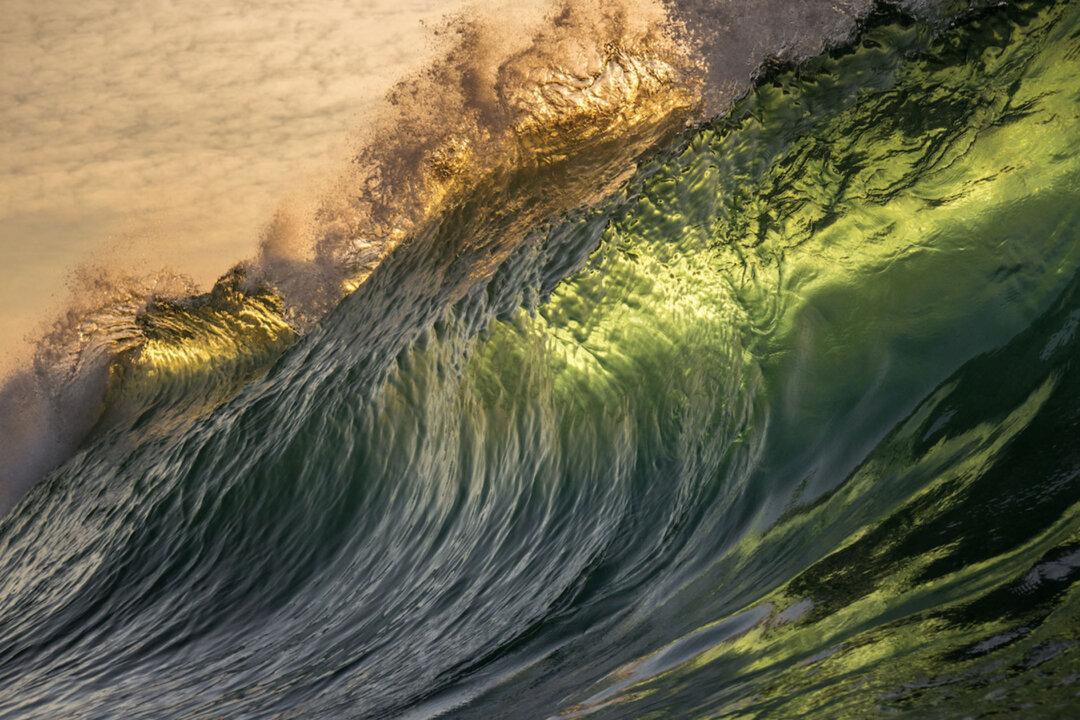An ex-surfer has turned his passion for the ocean into a profession after becoming a photographer of waves. His careful compositions showcase the jaw-dropping spender of walls of water beautifully backlit by the rising sun.
Based in the small seaside town of Margate in South Africa, Terence Pieters has been a marine photographer for two decades, ever since an injury caused him to have chronic shoulder issues and forced him to hang up his surfboard.





